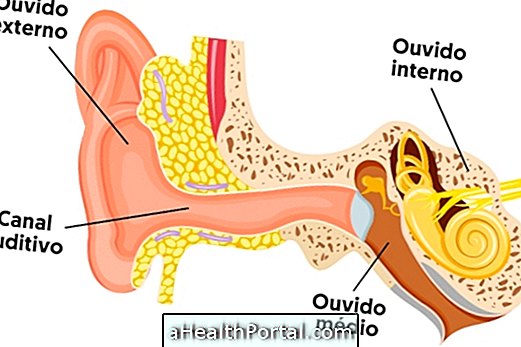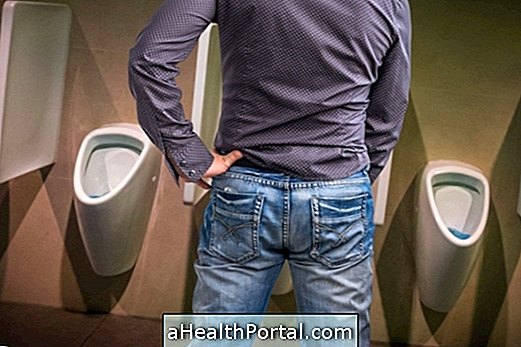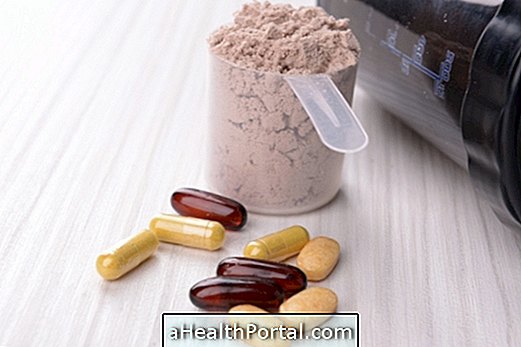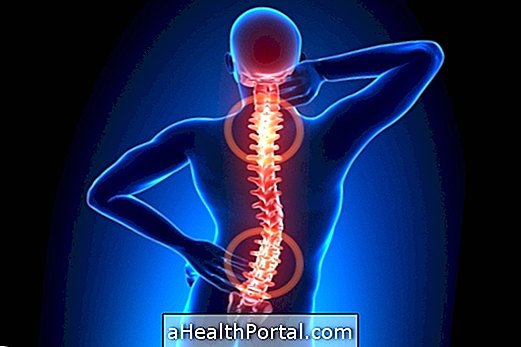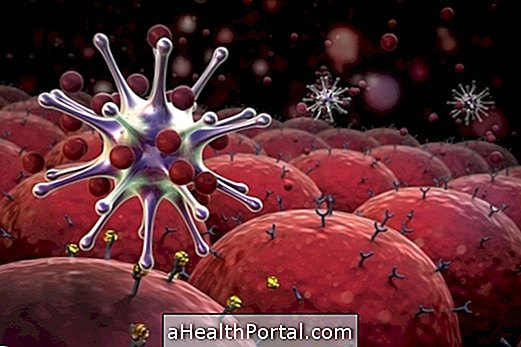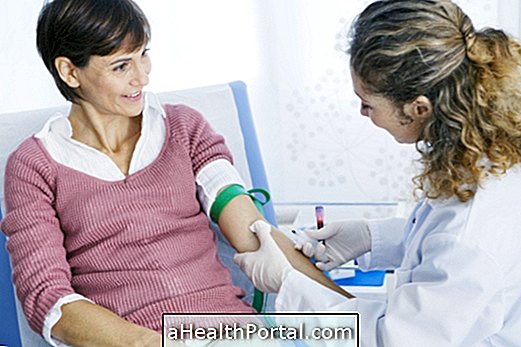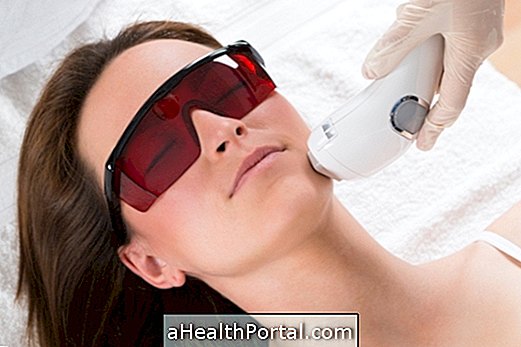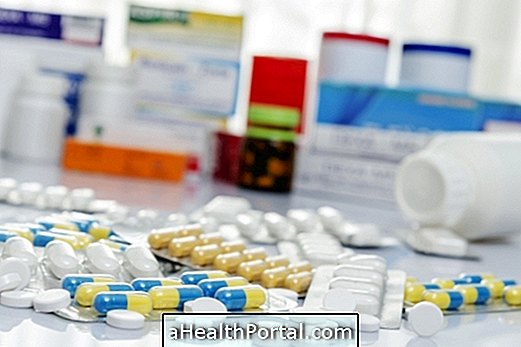Symptoms of panic syndrome can arise when the person goes through moments of increased anxiety and tension, becoming preoccupied with situations that may seem simple to solve for other people.
Feeling of shortness of breath, chest tightness, and shakiness may indicate that the person is very anxious and that a panic attack may set in if it does not calm down quickly. So, as soon as these symptoms are identified by the person himself or by those around him, he must do his best to control his emotions and have positive thoughts to prevent other symptoms from settling in.
Signs and symptoms
A panic attack usually lasts 5 to 20 minutes, and the symptoms that appear depend on the severity of the crisis, but may include:
- Shortness of breath, with choking sensation;
- Dizziness and weakness;
- Tremors;
- Increased heart rate;
- Increased sweat production;
- Feeling of heat or cold sweat;
- Chills;
- Feeling of fainting;
- Pain in the chest or stomach;
- Tingling of the hands or pinched sensation on the skin;
- Dry mouth;
- Willingness to go to the bathroom;
- Ringing in the ears;
- Fear and fear of dying;
- Sensation of loss of control over self.
These symptoms come on suddenly and everywhere, with no apparent reason to justify the crisis, so it is common for patients to have a constant fear of new seizures and to avoid places where they undergo previous panic attacks.
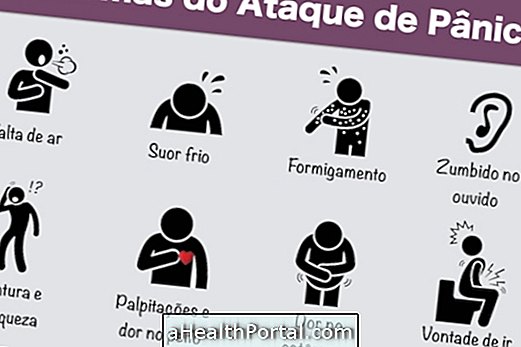
What can happen
Although some symptoms are similar to those of the infarction, the panic attack does not cause physical damage to the body, affecting only the psychological health of the patient.
During the attack, fear of dying or having a heart attack is common, but after some experiments and with the help of psychotherapy treatment, most people with this disease begin to recognize the signs of the crisis and manage to control it still in the beginning.
What to do
During the panic attack, it is possible to use some techniques to control the situation, such as:
- Remain in the place of the crisis until it passes, for the lack of control over itself can cause accidents, especially if the attack arises while driving;
- Remember that the attack is fleeting and that the extreme fear sensation and the physical symptoms will soon pass. To help, focus on objects and thoughts that distract attention from panic, such as observing the hands of the clock or a product from a store;
- Breathe deeply and slowly, counting up to 3 to inhale and 3 more to exhale the air, as this will help control breathing and lessen the feeling of anxiety and panic;
- Face the fear, trying to identify what caused the attack and remembering that the dread is not real, because the symptoms will soon pass;
- Think or imagine good things, remembering places, people or good events of the past and that bring a sense of calm and peace.
- Avoid pretending to be nothing, since trying to follow activities normally can make the crisis worse. So one should sit and face the symptoms, always thinking that they are passengers and that nothing serious will happen.
One or more of these tips should be used during the crisis, as they will help lessen the fear and make the symptoms disappear faster. In addition, one can use repirting techniques and natural treatments to prevent panic attacks such as yoga and aromatherapy. See more here.
How To Help a Person in Panic Attack
To help someone who is experiencing a panic attack, it is important to stay calm and take the person into a quiet environment by speaking short sentences and simple commands. If the patient usually takes medication for anxiety, one should give the medicine with care, avoiding sudden gestures.
To decrease symptoms, one should also use strategies such as asking to breathe slowly together and doing simple tasks, such as stretching arms over head.
To make proper treatment and avoid new seizures, see What to Do During a Panic Attack and learn which drugs are most used to treat Panic Syndrome here.

